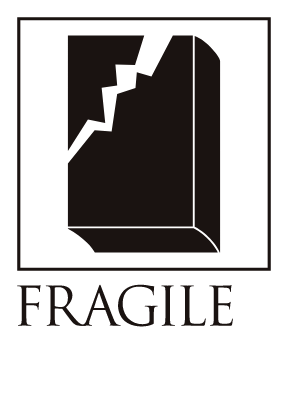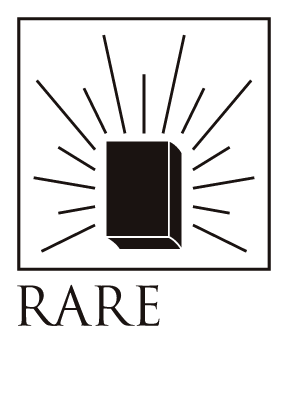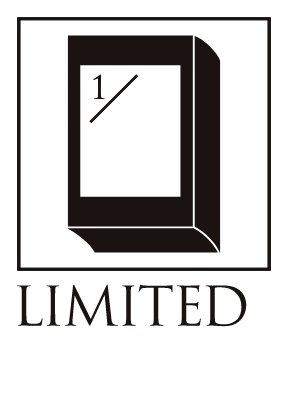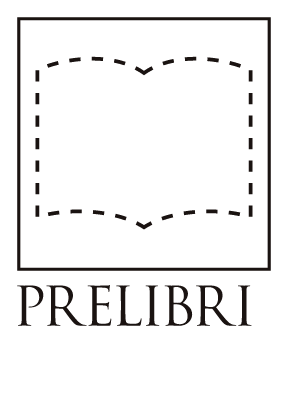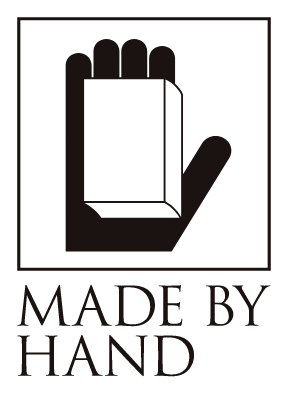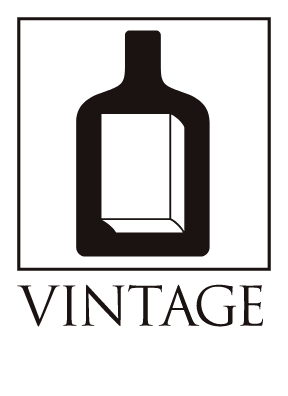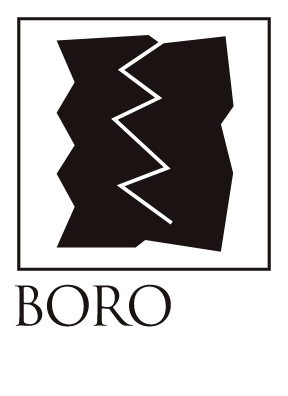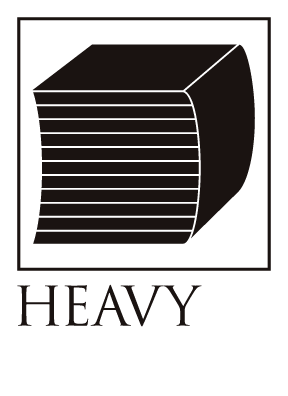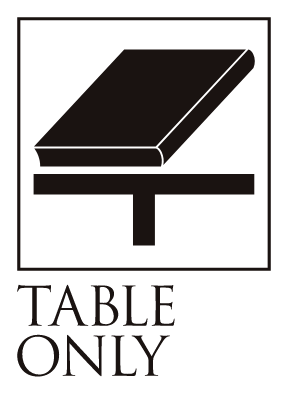Solitude
Bibliographic Details
- Title
- Solitude
- Author
- Veronika Schapers / ヴェロニカ・シェパス
- Artist
- Veronika Schapers / ヴェロニカ・シェパス、Susan Pietzsch / スーザン・ピーチ
- Year
- 2021
- Size
- h220 × w270mm
- Weight
- 1360g
- Pages
- 16 + 14 round filters
- Language
- English / 英語
- Edition
- 50 copies & 8 copies numbered with Roman numerals
- Condition
- new
Printed with polymer plates on 598 filter paper and DP 598 150 round filters from Hahnemühle. / Binding made from Enduro Ice-paper and Paraprint non-woven fabric. / Box made of various corrugated archival cardboards from Klug Conservation, Silk-screened title. / 16 pages + 14 round filters, 27 x 22 cm / Edition: 50 copies numbered with Arabic numerals, 8 copies numbered with Roman numerals
Henry Thoreau's Solitude
Made from medical materials
A masterpiece of book art.
This book was created in 2021, a year when the coronavirus pandemic was raging, through a collaboration between Veronica Schäppas, a book artist living in Germany, and Susan Pietsch, a jewelry designer living in Tokyo.
A pure white book is placed inside the box. It gives off a soft and pure impression, like freshly fallen snow. As you turn the pages, you'll be surprised to find that all the pages of the main text are also pure white. However, if you look closely, you'll notice that the text of the Solitude chapter of Thoreau's "Walden: Life in the Woods" is printed on the entire page in a series of delicate embossed dots like hole letters. When you take the book out, you'll see a layer of white paper underneath, like a circular filter. When you take it out, you'll see that it is embossed with thin lines and small circular dots.
All materials used in «Solitude» were selected from those actually used in the medical field. For example, the round filters are made from cotton fiber filter paper used in laboratories. The fact that all elements are composed of only white paper without adding color is a deliberate move to express a clear, sterile state. The entire piece is enveloped in a white world, but each material has a different texture and there are slight differences in the white tones, and the delicate overlapping and intersecting of the materials adds a rich expression.
The font, which plays an important role throughout the work, isso + baThis font was specially designed for "Solitude" by Alex Sonderegger of . At first glance it looks like a hollow letter, but it is made with transparent ink and embossed on soft filter paper. The outline of a circle is faintly embossed on each page of the main text.
The circular filters are embossed with graphics and abstract symbols, all of which are based on the WHO's Spring 2020 Global Health Report.Coronavirus figures and dataThis is a quote from the book. What look like geometric patterns or river maps are actually data visualizations such as line graphs showing the number of coronavirus infections and timelines. However, when you juxtapose the nature and solitude that Thoreau wrote about and the context of this circular filter, these graphics also look like maps and landscapes around Walden, where Thoreau lived.
Since its first publication in the United States in 1854, Thoreau's "Walden: Life in the Woods" has been highly acclaimed around the world. From the summer of 1845, Thoreau built a cabin on the shores of a swamp called Walden, on the outskirts of Concord, Massachusetts, for two years, and lived an experimental natural life through self-sufficiency. "Walden: Life in the Woods," published in 1854, is a record of his experiences at that time. The reason this story has such a strong appeal to modern people is that it uses his own experience to show that "the end result of scientific civilization is humanity living amid pollution and environmental destruction." What can we find in Thoreau's life as we live in the midst of the coronavirus pandemic?
This beautiful, infinitely white book made from medical materials is like a ray of light, a prayer for those who have lost their lives to COVID-19, and a ray of hope for those of us who are left behind. It is the ultimate book that shows us the invisible.
Veronica Shepas' official websiteHere (German and English only)
Text by Ema Otobe
